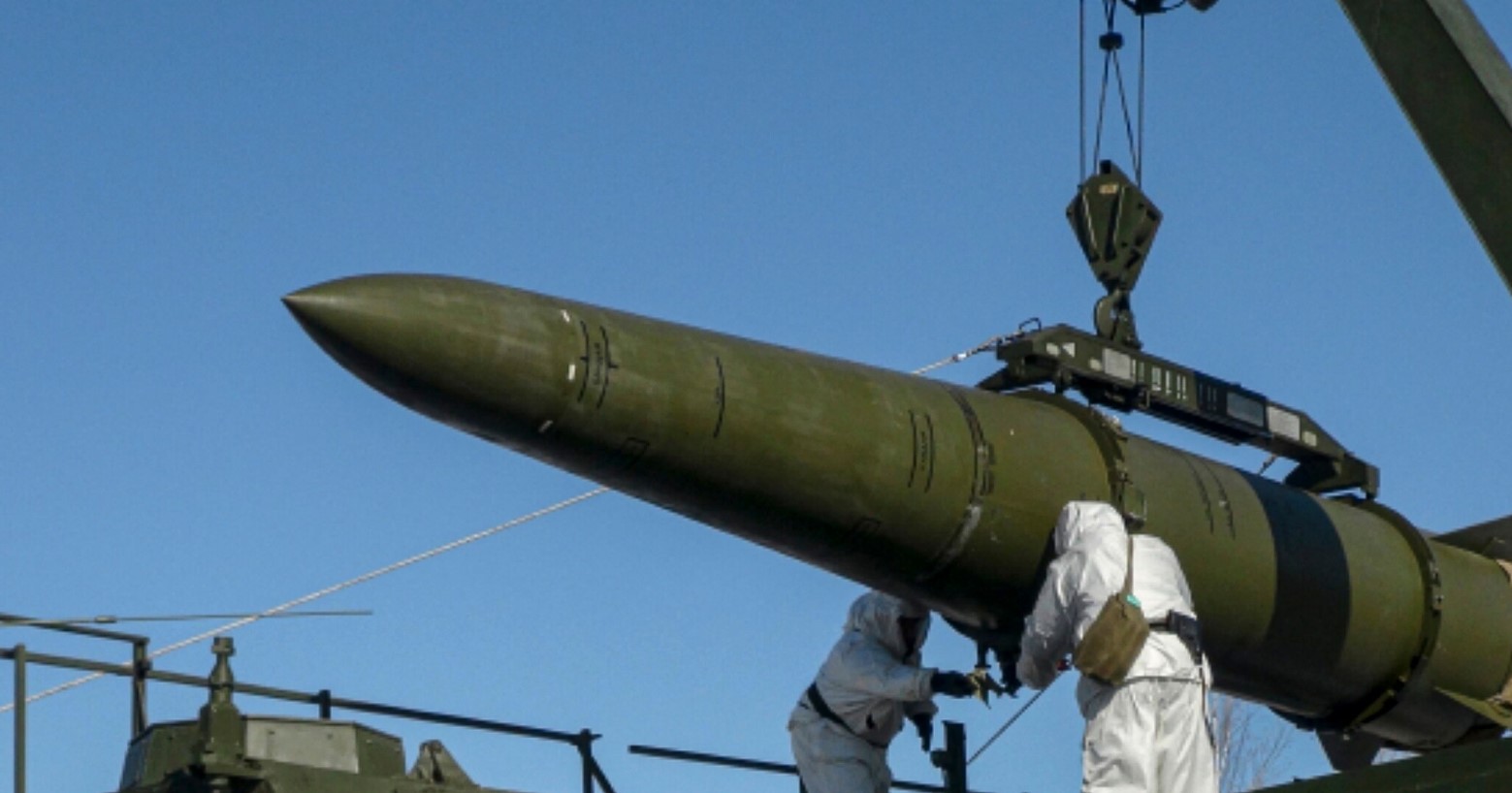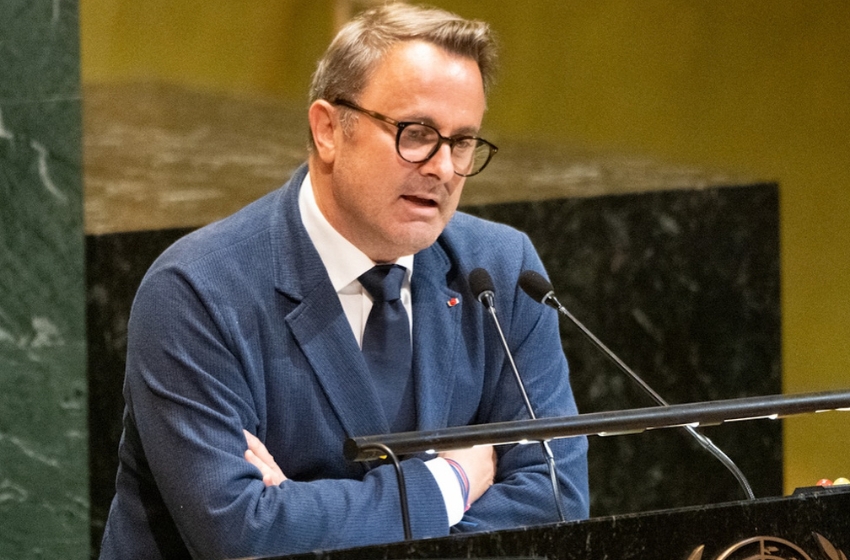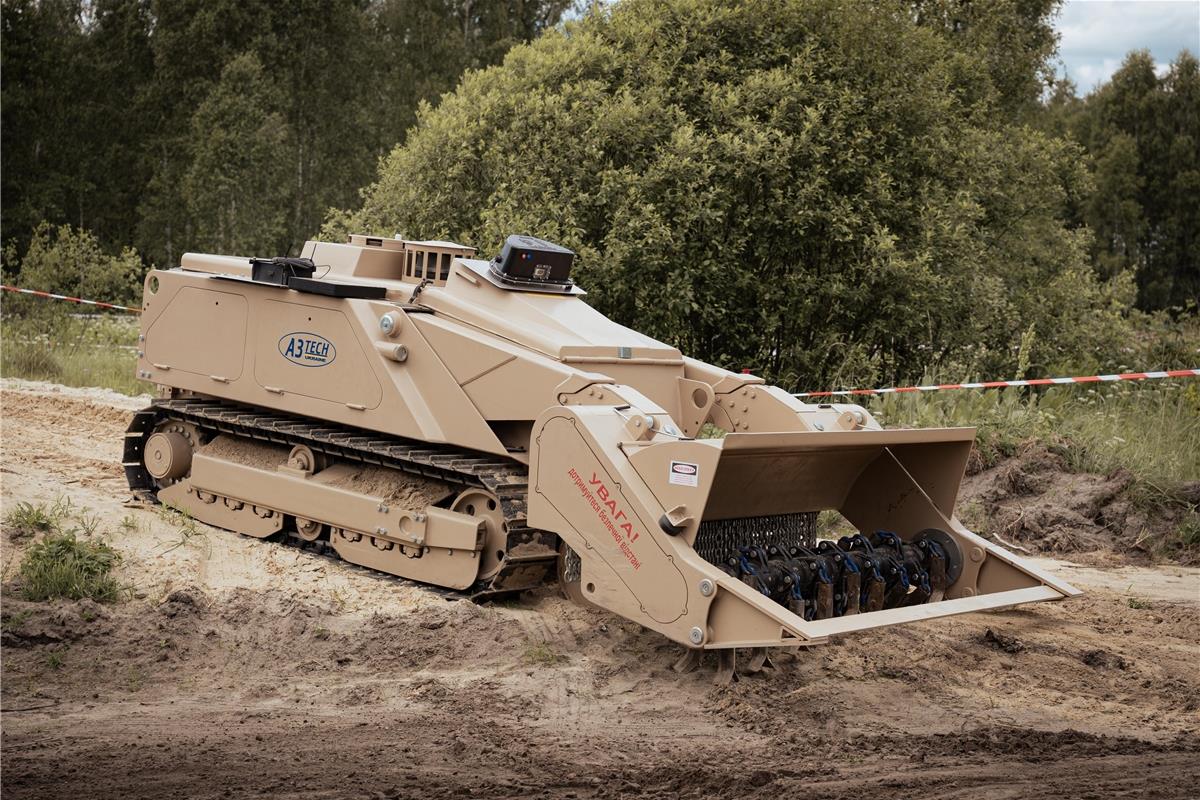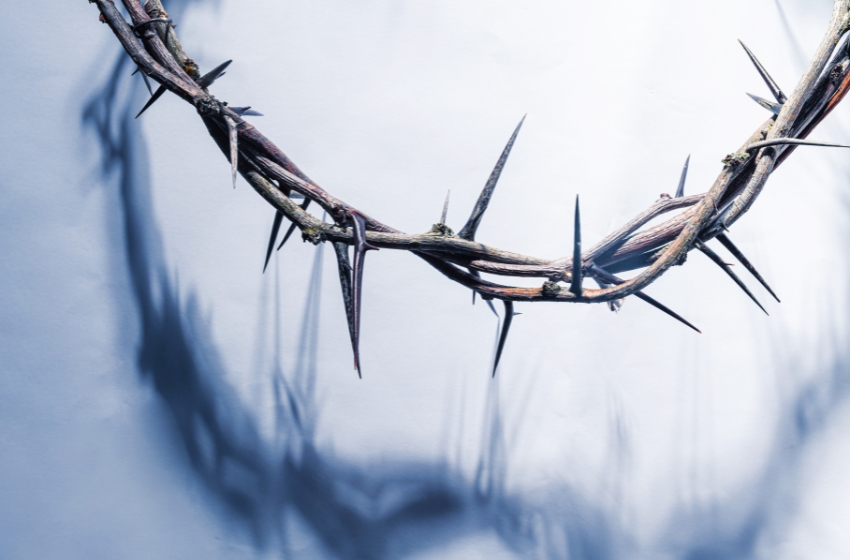Main image: Russian troops load an Iskander missile onto a mobile launcher during drills at an undisclosed location in Russia.
Almost all nuclear-armed states continued to actively modernize their arsenals last year, adding more advanced systems and increasing the number of warheads.
This is stated in a report by the Stockholm International Peace Research Institute (SIPRI).
According to SIPRI, as of January 2025, there were 12,241 nuclear warheads in the world. Of these, 9,614 are in stockpiles for potential use, 3,912 are mounted on missiles and aircraft, and 2,100 deployed warheads are maintained in a state of high operational readiness.
SIPRI estimates that China’s nuclear arsenal grew the fastest in 2024, reaching at least 600 nuclear warheads by the end of the year—approximately 100 more than in 2023. By January 2025, China had completed or was close to completing the construction of nearly 350 new silos for intercontinental ballistic missiles (ICBMs) in three major desert regions in the north of the country and three mountainous regions in the east.
"Depending on how it chooses to structure its armed forces, China could have at least as many ICBMs as the United States or Russia by the end of the decade. However, even if China reaches the projected maximum of 1,500 warheads by 2035, that would still be only about one-third the size of the U.S. and Russian nuclear arsenals," the report says.

According to SIPRI analysts, Russia continues to lead in the number of nuclear warheads, with 5,459, followed by the United States with 5,177. Together, these two countries possess nearly 90% of the world’s nuclear arsenal. As of January, North Korea had about 50 nuclear warheads—the same as the previous year—and enough fissile material to produce up to 40 more.
The report also notes that Israel possesses 90 nuclear warheads, although it does not officially acknowledge having them.
The authors of the study point out that after the Cold War, the dismantling of nuclear warheads in Russia and the U.S. typically outpaced the deployment of new ones—but last year marked a shift in that trend.
"The era of nuclear arms reductions that followed the end of the Cold War is coming to an end. Instead, we are seeing a clear trend toward increasing nuclear arsenals, more aggressive nuclear rhetoric, and a retreat from arms control agreements," said Hans Kristensen, senior researcher with SIPRI’s nuclear disarmament, arms control and non-proliferation program and director of the Nuclear Information Project at the Federation of American Scientists (FAS).





















